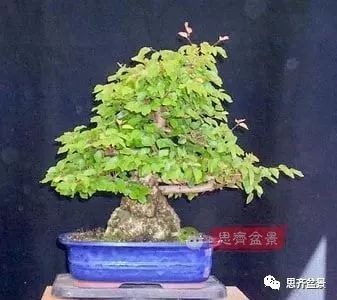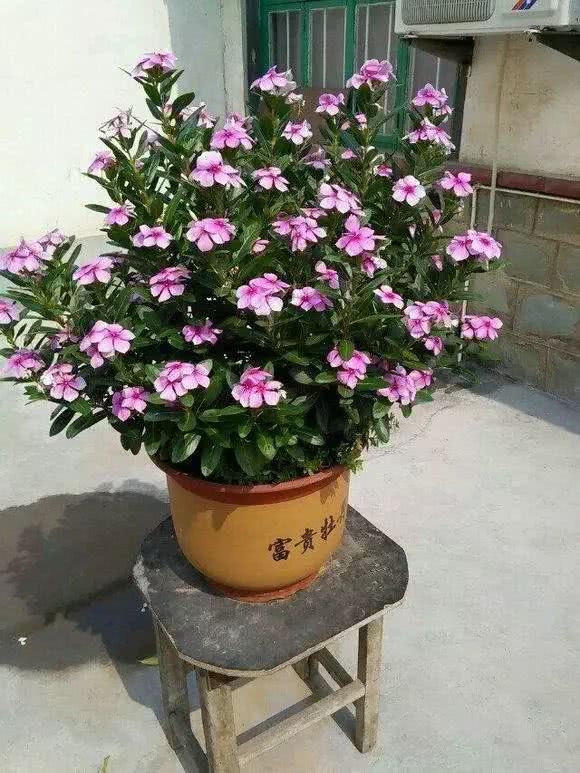Looking at the change of a tree over a span of 12 years-- growth process and maintenance skills: storing branches, picking leaves, wiping buds, pruning

▲ 2006
▲ this is the material of goose-eared mackerel purchased in 2006. The transition at the bottom of the trunk is good, and the roots are fat and solid. The disadvantage is that the transition in the middle and upper part of the trunk is poor, and the lateral branches are thick and straight, lack of transition and change.
In order to solve the problem of poor transition in the middle and upper part of the trunk, ▲ cut off the top and prepared to rebuild the top. In the next few years, cut the thick side branches, re-store the branches step by step, and cultivate the transition and changes of the branches.
After a few years of ▲, the new top has been gradually completed, and the lateral branches have had some transition, which is more natural. In the annual growing season, it is allowed to grow without pruning, and then pruned in place at the beginning of the next spring, and then continue to grow thicker the next year, and so on. The picture above is before pruning at the beginning of spring.
After ▲ pruning. Some of the branches that need to be kept are not pruned.
▲ January 2009
The first branch on the right side of ▲ was pulled by aluminum wire to change direction, and then truncated and maintained the secondary branch after the direction was in place. The upward branch on the left is the sacrificial branch, which is used to help a large cut on the back of the trunk heal.
From this angle, ▲ can see that the cut next to the sacrificial branch is left after the removal of a large branch. Sacrificing branches can drive the sap near the cut to flow and speed up wound healing.
The section left after the truncation of ▲, on the right side of the section is the new apical branch.
▲ blossomed in May 2009.
▲ February 2010
The branches of ▲ were further refined. Many twigs grow and need pruning and pruning.
▲ May 2010
▲ December 2010
▲ is the same as last year, after a year of growth, many messy branches grow, which need pruning and pruning.
After ▲ was pruned in December 2010,
After ▲ trimming, the outline begins to appear.
▲ 2011
After changing the basin of ▲, the goose ear mackerel has been initially formed, all levels of branches have gradually matured, and the following maintenance is mainly based on protection.
▲ May 2012
▲ in May 2012, summer leaf picking is in progress.
Picking leaves from ▲ in summer is more important for the maintenance of miscellaneous wood bonsai. First, it can make light and air into the inside of the branch, so that the internal branch will not wither; second, it can slow down the growth of the stump, which is conducive to the cultivation of twigs; third, it also has the role of leaf control. It is worth noting that leaf picking must be carried out on the premise that the tree is healthy and vigorous.
After the ▲ leaves were picked.
Two weeks after ▲ picked the leaves
Two weeks after picking the leaves of ▲, the inner bud germinated first. This is one of the benefits of picking leaves just mentioned.
The internal bud of ▲ germinated first.
Four weeks after picking the leaves of ▲, the inner bud points first spread the leaves.
The inner bud point of ▲ germinated earlier than the outer bud point.
Top of ▲
What ▲ didn't expect is that the top, which has a top advantage, still sprouts slowly.
Six weeks after ▲ picked the leaves
After six weeks of ▲, the outer bud points gradually spread their leaves.
Eight weeks after ▲ picked the leaves
Some weak branches of ▲ withered.
▲ experience has proved that goose ear mackerel is not suitable for picking all leaves. Picking all the leaves can easily lead to the death of some weak branches. It is best to pick some leaves and only pick leaves from strong branches. In this way, the balance of tree potential can be controlled pertinently. In the subsequent maintenance, picking some leaves every summer has become a fixed process.
▲ May 2013, side.
▲ November 2014
▲ 2015, in the exhibition.
▲ May 2016
▲ May 2017
▲, May 2017, after some leaves were picked.
▲ only removed about half of the leaves this time. After that autumn, it was found that some of the inner branches had withered due to lack of light. It seems that the range of picking leaves is not big enough, and the intensity of picking leaves should be increased next year.
▲ early spring 2018
The sprouting ability of goose-eared oyster is very strong. For bonsai modeling, this is a good advantage. However, the buds that are unhelpful in styling need to be removed as soon as possible.
The goose ear oyster forms bud spots at the base of the trunk, the base of the branch and the part where the healing tissue is formed. If these bud points are not removed in time, they will be cut off after they form branches, more healing tissue will be formed at the cut, and more bud spots will be formed in the coming year.
Bud points on the trunk of ▲
Usually often observe, once found that useless bud points should be erased in time.
The bud point at the base of a ▲ branch
▲ cut it off with scissors
After the ▲ is cut off
The bud point below the branch of ▲
The bud point that is not beneficial to the shape also includes the bud point below the branch. Generally speaking, we erase the buds on the upper and lower sides of the branches, leaving the buds on the left and right sides.
▲ is also cut off with scissors
After the ▲ is cut off
The wound left by ▲ after the bud was removed.
▲ smear healing agent seal
When maintaining the triangular maple, we also need to wipe the bud. Acer triangularis often grow multiple bud points in the same place, if these bud points are allowed to grow, a knot will be formed at the branch, thus affecting the fluency of the branch lines. We usually erase the upper and lower bud points of the branch before budding, leaving the bud points on the left and right sides of the branch.
▲ in May 2018, after some leaves were picked.
▲ learned from last year's lessons and picked more leaves this year. Remove most of the leaves.
▲ in July 2018, two months after picking leaves, the tree quickly regained its exuberant momentum.
New sprouts of ▲
▲ from the size of leaves and the growth rate of new buds, the tree is more exuberant. At this point, you can control your growth by pruning.
▲ cut the long new branches short, leaving two leaves.
▲ July 2018, after proper pruning.
- Prev

How stingy are the flower growers? Fans and chairs are stupid for neighbors to grow flowers.
Since growing flowers, Huahua found that the most expensive thing is not to buy flowers (after all, we can cut), the most expensive is the flowerpot, cheap pots do not like, like pots cost dozens of yuan! Many flower friends find another way to put the old at home.
- Next

This flower is also called a handful of seeds every day, raised hundreds of pots, gently pinched and exploded a flower ball
This flower is also called open every day, not afraid of storms, not afraid of the wind and rain, not afraid of the sun exposure, flowers every day, from spring to autumn, very easy to raise, very cheap, but every day full of your home This periwinkle, is a retired old man raised...
Related
- Wuhan Hospital Iron Tree Blooming Result Was Instantly Frightened by the Gardener Master
- Which variety of camellia is the most fragrant and best? Which one do you like best?
- What is the small blue coat, the breeding methods and matters needing attention of the succulent plant
- Dormancy time and maintenance management of succulent plants during dormancy
- Minas succulent how to raise, Minas succulent plant pictures
- What are the varieties of winter succulent plants
- How to raise succulent plants in twelve rolls? let's take a look at some experience of breeding twelve rolls.
- Attention should be paid to water control for succulent plants during dormant period (winter and summer)
- Watering experience of twelve rolls of succulent plants
- Techniques for fertilizing succulent plants. An article will let you know how to fertilize succulent plants.

